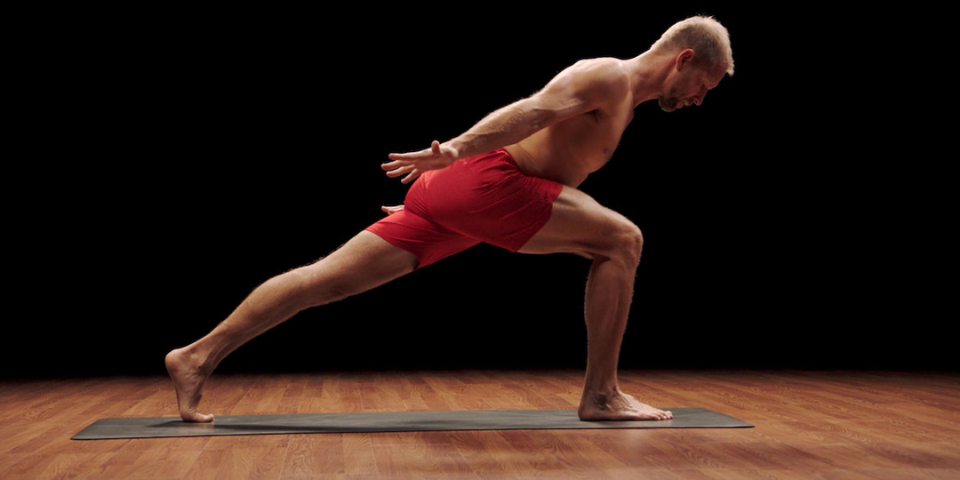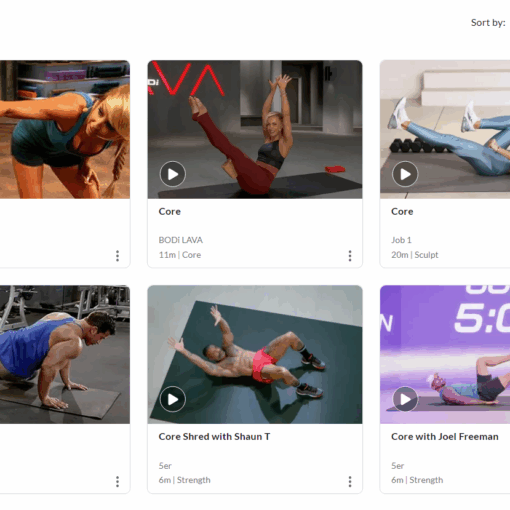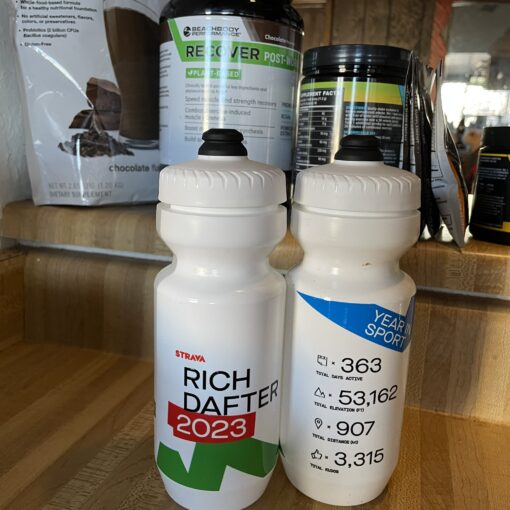The importance of stretching for runners goes beyond just feeling good to reducing your risk of injury and increasing your range of motion. For most of my running career, spanning almost 59 years, I only did minimal if any stretching. Now I am paying the price, being tight and inflexible – and slow! You owe it to yourself to scroll down and heed the advice in this post. It will definitely pay dividends.

Don’t Just Run Through It: Why Stretching is Your Secret Weapon as a Runner
Are you giving your body the complete care it needs to thrive? If you’re skipping your stretching routine, you might be leaving performance gains on the table and setting yourself up for potential injuries.
In the pursuit of faster times and longer distances, it’s easy to prioritize mileage over maintenance. However, neglecting flexibility and mobility is like driving a high-performance car without ever checking the oil or tire pressure. Eventually, something’s going to give.
The Tight Truth: What Happens When Runners Skip Stretching?
Think of your muscles as rubber bands. When they’re cold and tight, they’re more likely to snap under stress. For runners, this can manifest in a variety of frustrating and sidelining issues:
- Increased Risk of Injury: Tight hamstrings, hip flexors, and calves are prime culprits for common running injuries like hamstring strains, IT band syndrome, runner’s knee, and plantar fasciitis. Stretching helps to lengthen these muscles, improving their ability to absorb impact and reducing strain on joints and tendons.
- Reduced Range of Motion: Tight muscles restrict your natural movement patterns. This can lead to a shorter stride length, inefficient running form, and ultimately, slower speeds. Imagine trying to swing your arms fully while wearing a tight jacket – the restriction limits your power.
- Muscle Imbalances: Neglecting certain muscle groups while overworking others can create imbalances. Stretching can help address these imbalances by lengthening tight, overactive muscles and allowing weaker muscles to engage more effectively.
- Decreased Performance: When your muscles are tight and restricted, they have to work harder to propel you forward. Improved flexibility translates to more efficient movement, allowing you to run faster and longer with less effort.
- Post-Run Stiffness and Soreness: While some soreness is normal after a challenging run, adequate stretching can help to reduce inflammation and promote blood flow, leading to faster recovery and less stiffness.
The Stretch Spectrum: Types of Stretches for Runners
Not all stretching is created equal. Here’s a breakdown of key types to incorporate into your routine:
- Dynamic Stretching (Pre-Run): These are active movements that take your joints and muscles through a full range of motion. Think leg swings, arm circles, torso twists, and high knees. Dynamic stretches warm up your muscles, increase blood flow, and prepare your body for the demands of running.
- Static Stretching (Post-Run): These involve holding a stretch in a challenging but comfortable position for 20-30 seconds. Focus on the muscles that are most heavily used in running, such as:
- Hamstrings: Standing hamstring stretch, seated forward fold
- Quadriceps: Standing quad stretch
- Calves (Gastrocnemius and Soleus): Standing calf stretch (straight and bent knee)
- Hip Flexors: Kneeling hip flexor stretch
- Glutes: Figure-four stretch (supine or seated)
- Foam Rolling (Anytime): While not technically stretching, foam rolling is a form of self-myofascial release that can help to break up adhesions and improve muscle flexibility and recovery. Target your quads, hamstrings, calves, and IT bands.
Making Stretching a Habit: Practical Tips for Runners
- Integrate it into your routine: Don’t view stretching as an afterthought. Schedule 5-10 minutes for dynamic stretches before each run and 10-15 minutes for static stretches afterwards.
- Listen to your body: Never force a stretch to the point of pain. You should feel a gentle pull, not a sharp discomfort.
- Be consistent: Even short, regular stretching sessions are more beneficial than infrequent, long ones.
- Focus on key areas: Pay extra attention to the muscle groups that tend to get tight for runners.
- Consider yoga or Pilates: These practices are excellent for improving overall flexibility, strength, and body awareness, which can significantly benefit your running.
- Stay hydrated: Water helps keep your muscles lubricated and more elastic.
Investing in your body is just as important as logging those miles. By making stretching a non-negotiable part of your routine, you’ll not only reduce your risk of injury but also unlock greater efficiency, power, and enjoyment in every stride. So, before you lace up for your next run in the Land of Enchantment, remember to stretch – your body will thank you for it!



